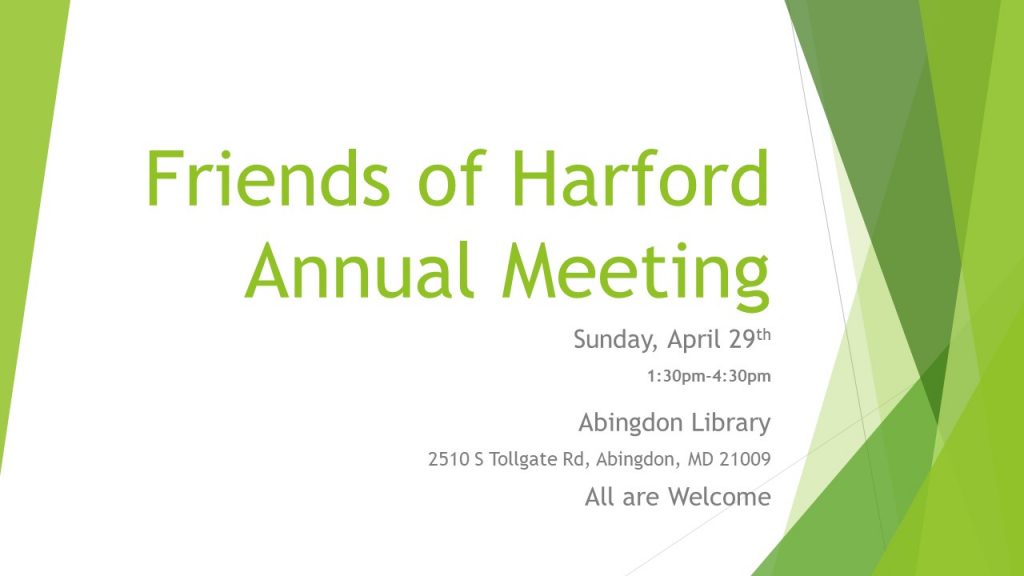Friends of Harford News and Views
June, 2019
Bill 19-016 – Zoning Code Changes- Public Hearing Input- June 4, 2019
Recently, Friends of Harford President, Stephanie Flasch provided public input on Bill 19-016 (Zoning Code Changes) See full text of comments here.
See full text of Bill 19-016 HERE.
There is still time for citizens to send their comments to the County Council.
Call or email the County Council at (410) 638-3343 or council@harfordcountymd.gov
Friends of Harford tracks the voting records for land use legislation via the SCORECARD. The Friends of Harford scorecard will be updated with amendments and voting record for land use legislation.


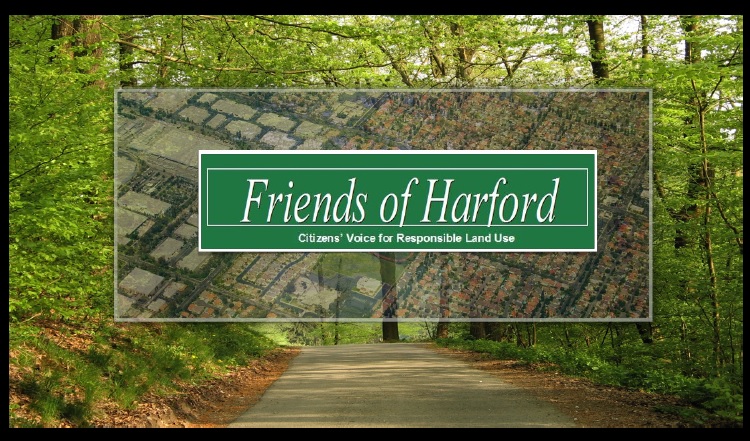

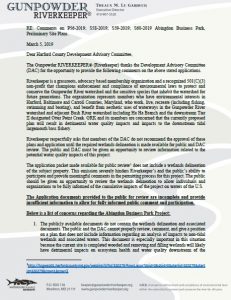
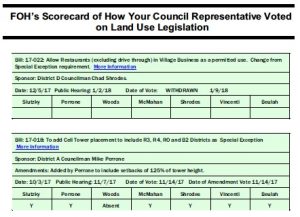

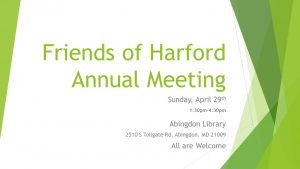 Everyone is invited to the Friends of Harford Annual meeting Sunday, April 29 from 1:30 to 4:40 p.m. at the Abingdon Library, 2510 Tollgate Road. Du
Everyone is invited to the Friends of Harford Annual meeting Sunday, April 29 from 1:30 to 4:40 p.m. at the Abingdon Library, 2510 Tollgate Road. Du